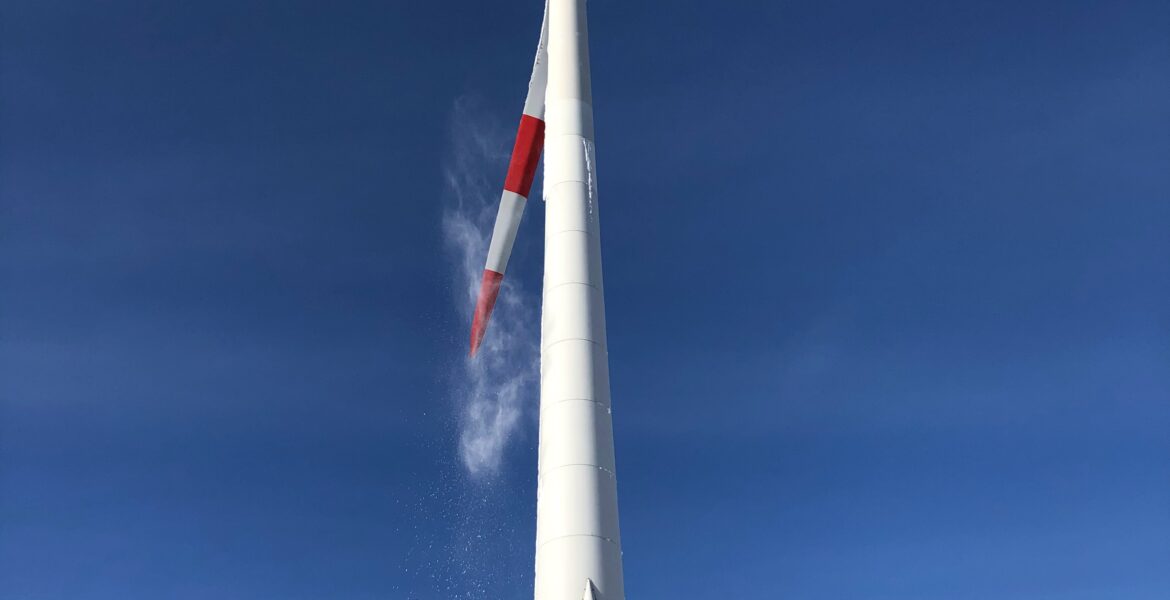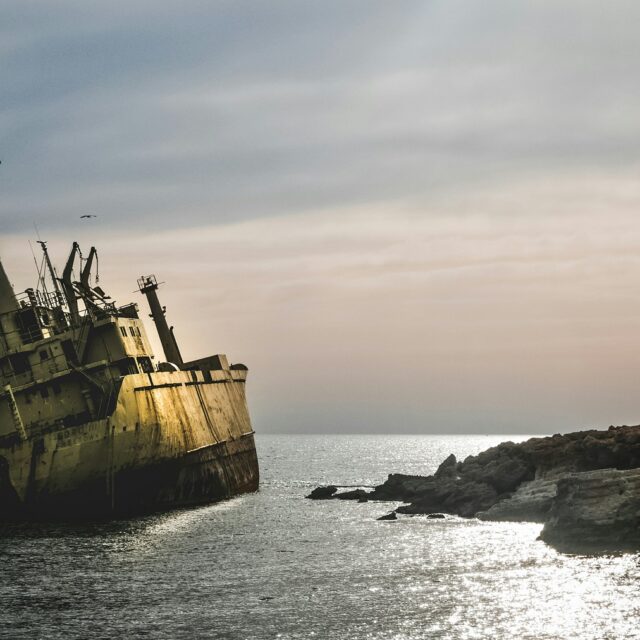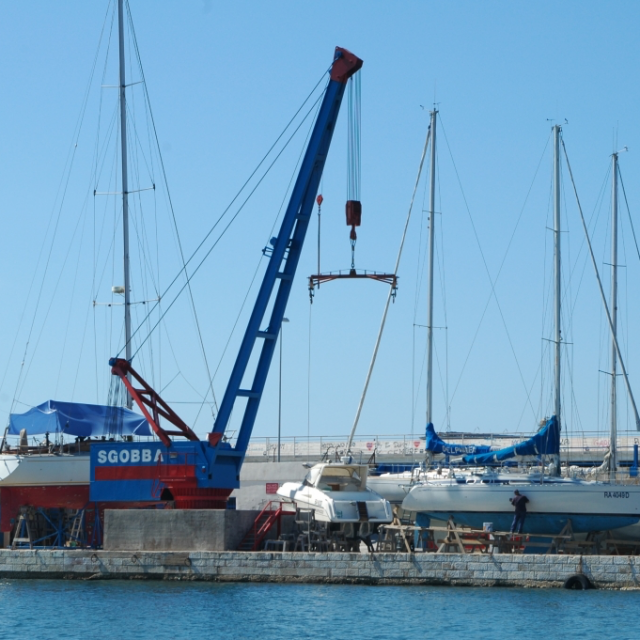Photo by Dmitriy Altynnikov on Unsplash
The Republic of Kazakhstan became the first country in the Central Asian region to ratify the Paris Agreement and adopt a Carbon Neutrality Strategy until 2060.
Speaking at the World Climate Summit in Dubai within the framework of the UN Climate Change Conference, President of this country Kassym-Jomart Tokayev supported the UN’s call to take concrete actions aimed at preserving the environment for future generations and said that his country would contribute to the comprehensive adaptation of “green” technologies in almost every sector of the national economy.
The Climate Summit traditionally gathers the heads of state and Government of the world and discusses the most urgent issues of the climate activities of all mankind. The peculiarity of the current meeting is that Central Asia is represented at it precisely as a region that united the former several countries. The Regional Environmental Center for Central Asia (CAREC), with the support of countries and international partners, organized the Central Asia Pavilion, which will help draw the attention of the world community to the high vulnerability of our region and the risks associated with climate change.
Also for the first time at the regional level, a joint preparatory meeting at a high government level was held on November 7, 2023 in Astana. At the forum “Central Asia on the way to the 28th UNFCCC Conference of the Parties: 5 Countries – 1 Region – 1 vote”, on the initiative of CAREC and with the support of the International Center for Green Technologies and Investment Projects (Astana), GIZ, USAID and UNDP, topical issues of cooperation on solving climate change problems were discussed. According to experts, joint efforts in the fight against climate change and the unification of the region are extremely important for long-term sustainable development and a prosperous future of the region.
On the sidelines of the last COP27 summit of world leaders in Egypt, Kazakhstan and the European Union signed a memorandum of understanding and strategic partnership in the field of sustainable raw materials, batteries and value chains of “green” hydrogen.
The Government of Kazakhstan and Fortescue Future Industries have signed a Framework agreement on the implementation of projects for the production of “green” hydrogen in several regions of the republic. Earlier, in 2021, the government of Kazakhstan and the German-Swedish company Svevind Energy GmbH signed an agreement on the construction of renewable energy projects and the production of up to 2 million tons of “green” hydrogen or 11 million tons of “green” ammonia. The preliminary investment amount is more than 50 billion. euro. In the summer of 2023, German President Frank-Walter Steinmeier participated in the launch of trial drilling as part of the construction of a plant for the production of “green” hydrogen in Kazakhstan. The implementation of the agreements will make a significant contribution to achieving the country’s goal of reducing greenhouse gas emissions by 15% by 2030 and ensuring carbon neutrality by 2060. Future projects are designed to produce a significant amount of “green” hydrogen, which is also planned to be supplied to the European market. In general, the introduction of affordable technologies for the production of “clean” hydrogen can allow Kazakhstan to enter the top 10 in 5-7 years and become one of the world’s largest suppliers of this environmentally friendly type of fuel.
Kazakhstan is making a real contribution to the global movement to combat climate change and decarbonize the economy. The Government of the country has adopted international commitments and strategic documents, as well as legislative acts to reduce greenhouse gas emissions and transition to a “green” economy. In February 2023, a Presidential decree approved a strategy to achieve carbon neutrality by 2060.
Kazakhstan’s international commitments to sustainable and low-carbon development should certainly be supported by investments. Over the past seven years, over two and a half trillion dollars have been spent on green bonds in the world. In this regard, the President of Kazakhstan stressed that the Astana International Financial Center should become the main platform in our region to attract “green” funding. It is worth recalling that the key was the definition of the development of “green” finance as one of the priorities of the Astana International Financial Center when it was established in 2016. In 2020, the debut “green” bonds for the domestic market were issued on the AIFC exchange, and thus the country launched a sustainable financing market. This year (as of the end of November), the domestic market of “green” financing reached 152 billion tenge, of which “green” bonds amounted to 115 billion tenge.
The volume of investments required by the Central Asian region in renewable energy sources and modernization of national and regional networks by 2030 is $20 billion. Green financing mechanisms based on the principles of mixed financing will become an important cornerstone in achieving the goals of ensuring zero greenhouse gas emissions without compromising socio-economic well-being. Given the huge amount of green investments required in the context of the interdependence of water and energy systems, as well as the challenges in transforming an energy-intensive economy, the next step may be to consider the idea of creating a regional green financing mechanism with governments, national development institutions, as well as international funds and MDBs.
The International Climate Fund is also involved in this task. It can also serve as an example for the creation of a national “green” fund at the AIFC site with its further transformation into a regional fund for Central Asia.
In international practice, government issues are critical elements of the market that influence its development. By entering the sustainable bond market, the government sends a strong signal of its intentions for sustainable development to the private sector and investors. This can become a catalyst for internal market development by attracting additional sources of investment and encouraging more issuers to use capital markets to finance assets, projects and costs that contribute to sustainable development.
Kazakhstan has huge potential for the development of wind and solar energy, as well as for the production of “green” hydrogen. He continues to work closely with his partners to unlock this potential. As a leading exporter of uranium, providing 43% of global supplies, this Central Asian republic plays a crucial role in the production of carbon-free electricity on a global scale.




